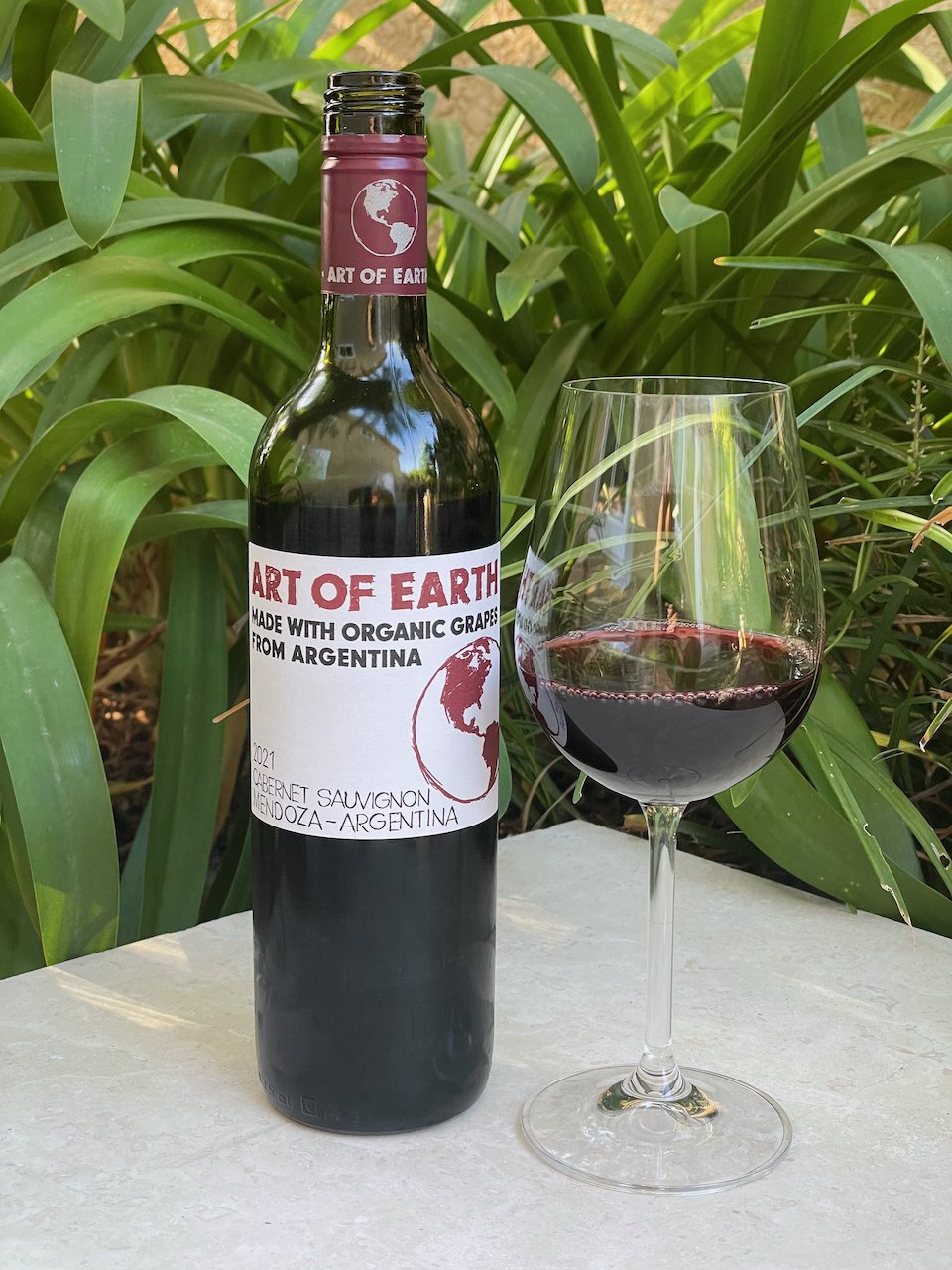Photo by cottonbro studio
Today, a standard bottle of wine is 750 ml or 25.36 fluid ounces. This is seemingly an odd amount for a bottle to hold. And, having done a bit of research, it’s not perfectly clear how this number was picked.
But, here are some findings…
French winemakers adopted this size to accommodate the volume required to serve a standard number of glasses
This standardized size was influenced by the technological advancements in glass manufacturing
This size made it easier for winemakers to store and distribute their products
This bottle size made it optimal for wine aging and maturation. It creates the right balance between oxygen exchange and wine volume, thus the wine ages gracefully and develops its desired aromas and flavors over a reasonable amount of time
A 750 ml bottle fits well on retail shelves, allowing for efficient display and storage
It’s a manageable size for consumers to hold and pour
So, while not directly answering the question, the 750ml wine bottle has become the standard size due to historical, traditional, practical, and regulatory reasons while providing a level of consistency and convenience that benefits both wine producers and consumers. Cheers!







